I could do it easily if it was 0-4.8 V by using a negative offset and applying gain, but this 0.2 V lower bound is causing me a lot of issues.
Asked
Active
Viewed 75 times
0
-
What do you have as available power supply rails? And are you willing to add a reference voltage IC? Also, do you care much about precision? Or accuracy? Are you willing to calibrate each manufactured unit at time of manufacture and occasionally thereafter? – jonk Aug 29 '22 at 06:04
-
Its all ideal at this point so I have no IC's or limitations. I could use 12V, 15V 25V rails if I wanted. Although given it is ideal I would like high accuracy design cause then I could select components from there. – Matt Aug 29 '22 at 06:33
-
1Accuracy is expensive. You require *initial* accuracy from parts and then you need to worry about temperature and time drift, to name just two. Not to mention noise. Precision is cheaper. This you can buy. Then accuracy can be had, later, if you really care about it. (Initial calibration of each precision unit followed by regular calibration every so often to keep it in its accuracy spec.) See [here](https://electronics.stackexchange.com/a/310500/38098) for some terms to grasp. If you are pretty lax about things, I think a good answer can be had here. If you are tight about it, not so much? – jonk Aug 29 '22 at 06:39
1 Answers
1
The precision op amp which you choose for the task will need to be a "single supply" op amp. That is to say it will need to be able to drive its output down to very close to ground (0 V).
Two more possible ways of doing it without the voltage references. Personally I prefer the first design (above), pots can drift over time.
Null
- 7,448
- 17
- 36
- 48

